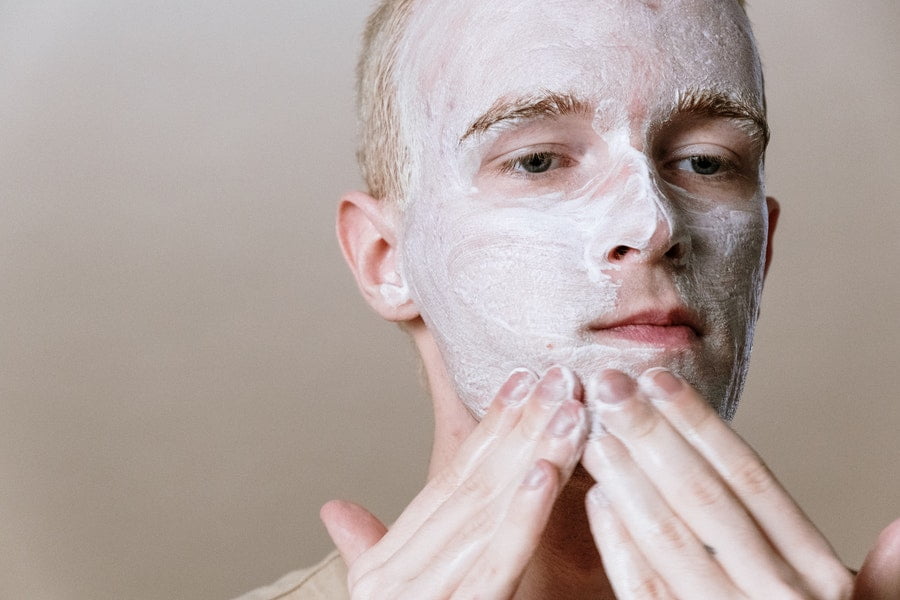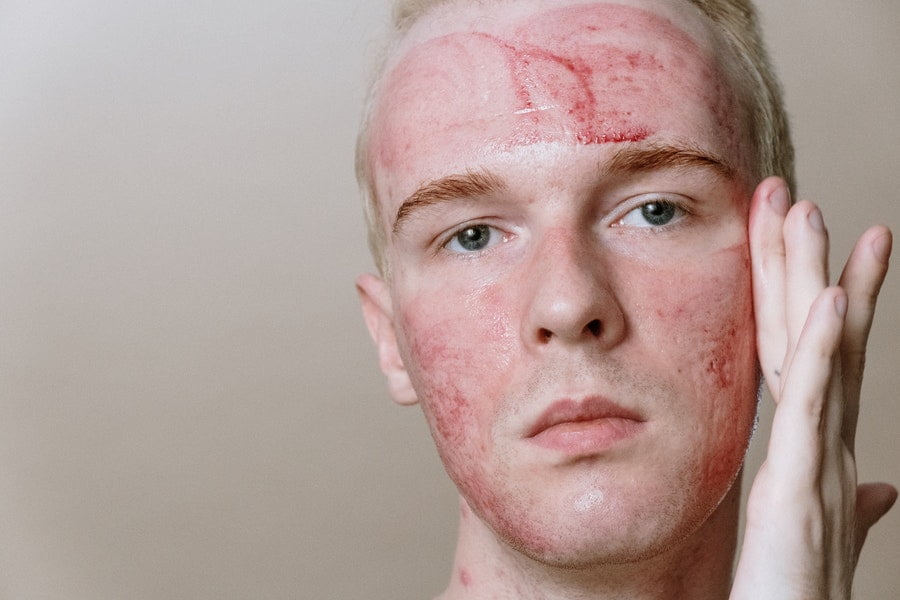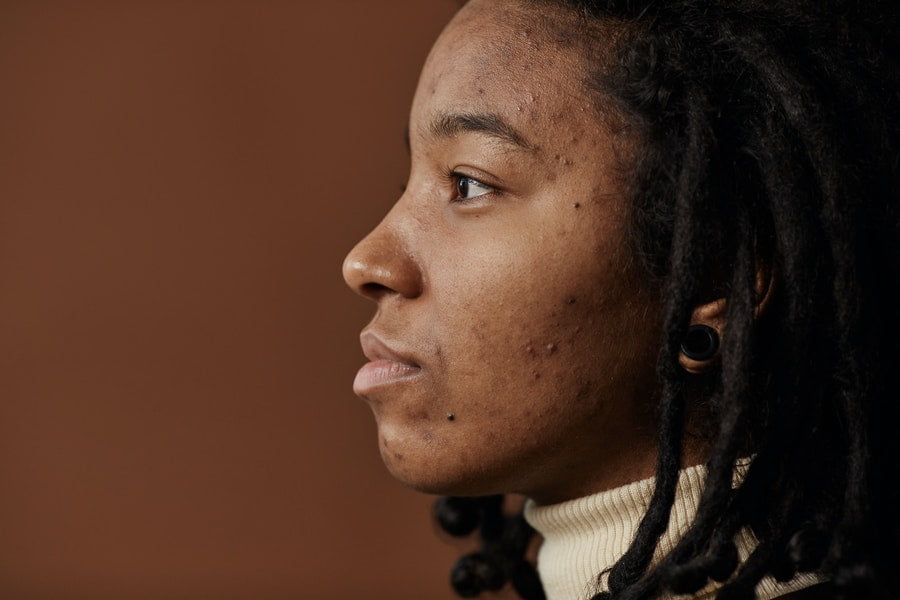Acne is a common problem for women of all ages, but the cause is often unknown. Hormonal acne is a type of acne that is caused by changes in hormone levels.
This type of acne is often worse during menstruation and around the time of ovulation. Hormonal acne can also be caused by certain medications, such as birth control pills or steroids. The best way to treat hormonal acne is to identify and address the underlying cause. If the cause is a medication, then the dosage or some wellness tips may need to be adjusted.
If the cause is hormonal fluctuations, then lifestyle changes may help to improve the condition. Acne vulgaris is a long-term skin disease that causes clogged pores and visible pustules. The word “acne” comes from the Greek word acme, which means boil.
What are the symptoms of hormonal acne?

If you’re like most women, you’ll experience acne at some point in your life. While there are many different types of acne, this acne is one of the most common. Hormonal acne is caused by changes in your hormones, which can happen during puberty, pregnancy, and menopause.
Symptoms of hormonal acne include blackheads, whiteheads, and pimples on the chin, cheeks, and jawline. These blemishes may be more severe during periods of hormonal change. The acne can also cause an oily complexion and skin that feels rough or bumpy.
If you think you might have the acne, see a dermatologist for diagnosis and treatment. There are many effective treatments available, including topical medications and antibiotics. Sometimes hormonal acne can be controlled with birth control pills.
Most people think that acne is caused by dirt and oil on the skin, but hormones may be the root cause of your breakouts. When you’re getting ready for your period, your body produces a surge of estrogen and testosterone. These hormones cause the sebaceous gland to produce more oil and make the skin more sensitive to dirt and bacteria.
This combination can lead to breakouts in areas that are usually clear, like the face. If you’ve been struggling with hormonal acne for a while, it might be worth checking out your blood levels for these hormones.
What are the causes of hormonal acne?

Hormonal acne is a skin condition that is caused when the body produces an excessive amount of sebum, which is the oil that lubricates and protects the skin. When too much sebum is produced, it can mix with dead skin cells and bacteria to form a plug in the hair follicle. This plug can cause the follicle to become inflamed, leading to the development of acne lesions.
There are several factors that can contribute to hormonal acne, including fluctuations in hormone levels during puberty, menstruation, pregnancy, and menopause. Additionally, certain medications and birth control pills can also trigger outbreaks. The acne can be treated with over-the-counter or prescription medications, as well as lifestyle changes like reducing stress levels and maintaining a healthy diet and exercise routine.
This acne is a common problem that can be caused by many different things. While there are many possible causes of hormonal acne, one of the most unexpected is an increase in androgens (male hormones). Androgens can cause an increase in oil production and lead to breakouts on the face, neck, chest, and back. If you are experiencing hormonal acne, it is important to talk to your doctor about your symptoms and take steps to treat them.
There are many things that you can do to treat hormonal acne. First, it is important to make sure that you are taking the proper amount of birth control to keep your hormones regulated.
How is hormonal acne treated?

There are many treatments for hormonal acne, but the most common is birth control pills. Birth control pills help to regulate hormone levels and can help to clear up hormonal acne. Other treatments include topical medications and antibiotics.
This acne is a common skin condition that affects people of all ages. It is caused by a combination of hormones and sebum, the oil that your skin produces. While there are many treatments available, the most common is bi-weekly treatment with prescription medications such as antibiotics or isotretinoin. Other treatments include over-the-counter medications, topical treatments, and laser therapy.
Everyone experiences acne at some point in their lives. Acne is a skin disorder that occurs when oil and dead skin cells accumulate on the skin’s surface. Acne can occur anywhere on the face, neck, chest, and back. It can be extremely frustrating because it tends to come and go with changes in hormones. However, hormonal acne may not be what you think it is.
What can you do to prevent hormonal acne?
There are many things you can do to help prevent hormonal acne. The most important is to keep your skin clean and healthy. Make sure to wash your face twice a day with a gentle cleanser. You should also use a moisturizer, especially if you have oily skin.
Another important step is to eat a healthy diet. Eat plenty of fruits and vegetables, and avoid processed foods. Try to get plenty of omega-3 fatty acids found in fish and nuts. Omega-3 fatty acids help keep your skin healthy and may reduce the risk of hormonal acne.
Finally, you can also try using an over-the-counter acne treatment product. There are many products available that contain ingredients like salicylic acid or benzoyl peroxide that can help reduce inflammation and clear up pimples.
If you’re like many people, you may be experiencing hormonal acne. This type of acne is caused by changes in hormone levels, and it’s typically seen in women who are going through menopause or those who are taking birth control pills. If you’re experiencing hormonal acne, make an appointment with your dermatologist to find out the cause and get started on treatment.
In general, this acne is caused by changes in levels of the female hormones estrogen and progesterone. It’s not caused by an imbalance of male hormones, as it was in pre-menstrual acne.

